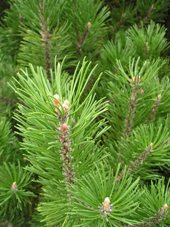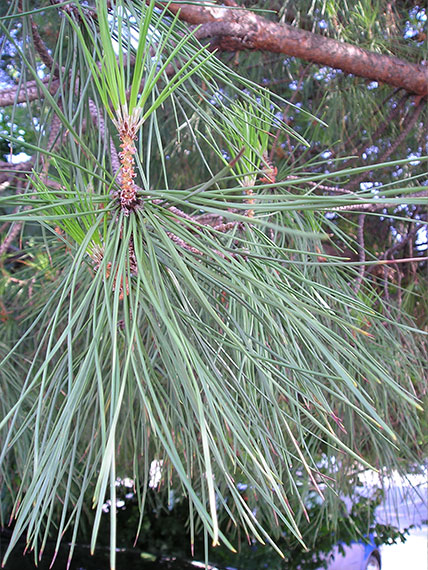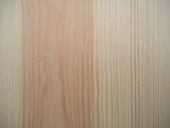Pine (Pinus sylvestris)
Scots Pine: (Pinus sylvestris), pine/softwood fromthe Conifer family (Pinaceae).
Other names: European Pine, Common pine, Scots fir, Fir.
Natural range
The Scots Pine is the world's most common tree species. Pine trees are predominantly native to the northern hemisphere, preferring cooler and damper climates, though they have also been introduced in tropical and subtropical regions. The common pine thrives all over Europe, particularly in the north and east, as far as Siberia. Pines are among the most commercially important forestry trees. They are hardy with fast and reliable growth.
Description of the wood
In contrast to spruce, the heartwood of the pine can be clearly distinguished from the external sapwood. The heartwood is reddish-yellow to reddish-brown. When fresh, the sapwood is slightly lighter than the core, though after only a short time in storage, the core darkens and is noticeably distinguishable from the sapwood. Pine wood is rich in resin, giving it a pleasant resinous aroma, particularly when fresh, and very decorative. The outstanding features of this moderately hard wood are its strength and elasticity, though these qualities vary depending on the width of the annual growth rings and therefore the proportion of late wood or summer wood.
Workability
Pine wood is principally very easy to cut, plane, profile, drill, split, and it holds nails and screws well. As long as it is not too resinous, it can also be easily bonded, coated or laminated.
Durability
The heartwood of the pine is moderately resistant to wood-destroying fungi (durability class 3 – 4 in acc. with EN 350-2), the sapwood, as in all wood species, is not resistant to wood-destroying fungi (durability class 5 in acc. with EN 350-2) and is prone to insect attack. The sapwood is also susceptible to sapstain, especially when fresh (wood-staining fungi).
Treatability
Pine sapwood is highly permeable, enabling the non-durable sapwood to be completely impregnated with preservative so that pine wood can be used long-term in external applications with a without ground contact.
You can find an overview of treatability levels of the various wood species here.
Uses
Due to its high treatability, impregnated pine wood can be used for many external applications, in gardens and landscaping, for playing apparatus, utility poles or for platform structures in sea water, in addition to its internal uses.




